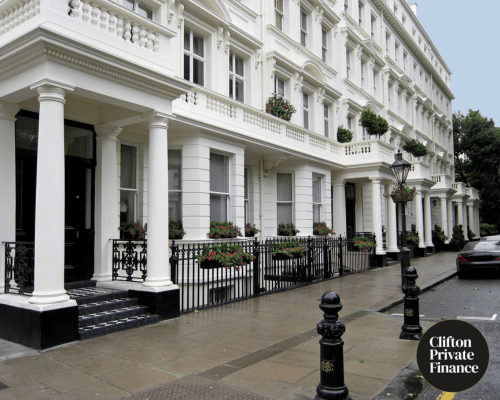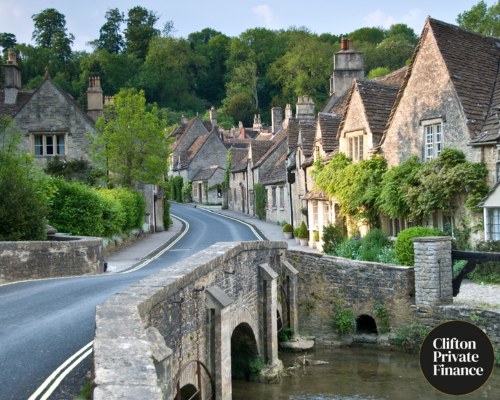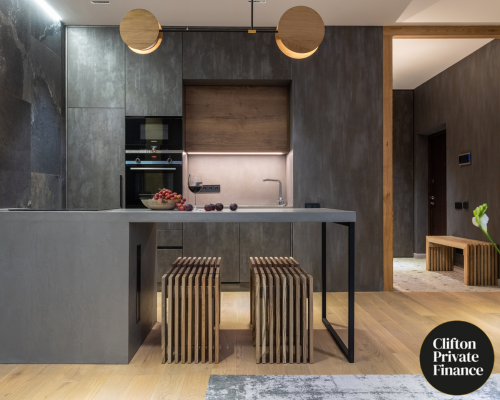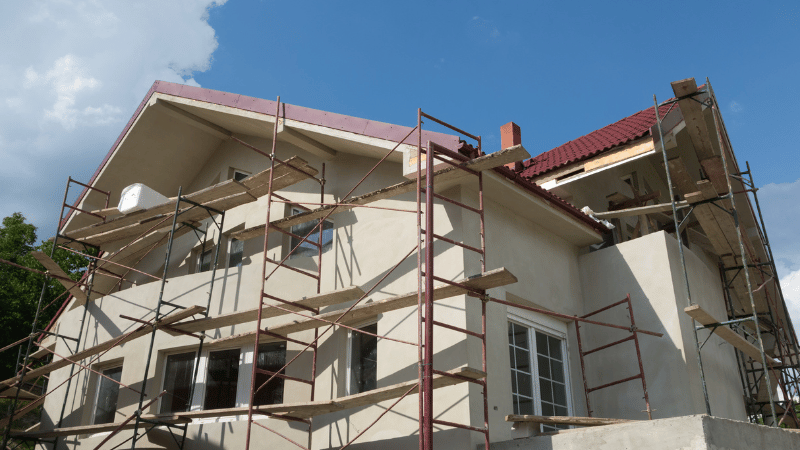Categories
Converting a care home into residential flats or HMO: find the finance you need
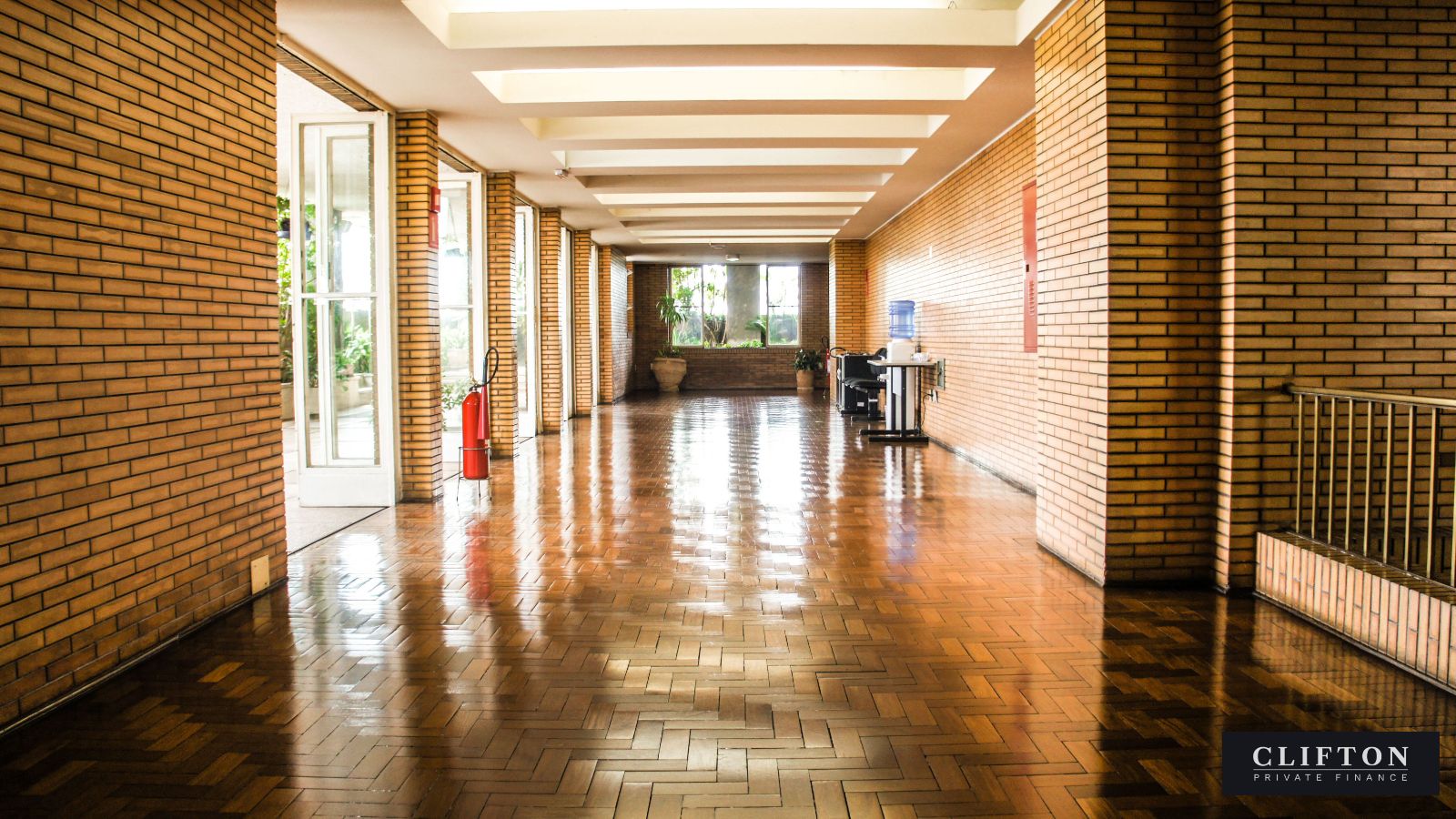
Substantial buildings in desirable locations. Good access, wide corridors, lots of plumbing and bathrooms (often en-suite)… It’s possible to see the tragic crisis of funding for Britain’s care home sector as a platinum-lined cloud for property developers.
In towns and cities across Britain, ex care homes and nursing homes are boarded up behind security fences or are coming to the market with speculators circling.
Just this year Britain’s biggest care provider, HC-One, went up for sale with its 369 care homes. Four Seasons was taken over after substantial losses, and Care-UK’s 114 care homes are being sold off.
The advantages of care homes as developments
In all probability the conversion of a care home or nursing home into flats will fall within the realm of permitted development: a developer will usually need change-of use consent, but not planning permission.
- They come with full services and usually good site access.
- But for new-build care homes that were built on brownfield sites, there may be future development constraints, such as provision of care or housing for the over-50s or over-60s.
What do you want to do with the property?
The deciding factors will be the building layout, your own future-income plans, and local property market demands.
Ex nursing homes, with single bedrooms each with their own bathroom, may adapt most cost-effectively to HMO regulations (for example, a requirement that HMOs with five or more tenants must have a wash-hand basin in each unit).
Convert and run the property as an HMO
This is often the most effective conversion of ex nursing homes, particularly older town-centre properties which were converted to care homes:
- multiple single bedrooms
- often generously supplied with basins in bedrooms, and en-suite bathrooms
- large communal living rooms and kitchens.
- wide corridors (on new-builds)
You will need to check each local authority’s Private Sector Rental Team for definition and requirements for HMOs.
If you intend to retain ownership and run the property as an HMO your bridging loan exit will be an HMO mortgage.
Convert to self-contained flats to rent out
These are often the most cost-effective conversions of ex care homes:
- already self-contained flats
- additional adaptable accommodation for a warden or care staff
- often located out of town centres and near hospitals, offering rental opportunities to hospital staff
Your bridging loan exit will be a BTL mortgage.
Convert and then sell them as either HMO or flats
- You will need to allow for time and finance for the marketing of the units.
Your bridging loan exit will be the sale of the units.
Your purchase finance options
A standard mortgage lender won’t finance a project that needs extensive conversion or renovation works, which will effectively detract value from the property before it is improved.
You will be looking for some form of short-term “bridging” property finance before your longer-term finance comes into play (your “exit strategy”).
If the project requires more than just moving around kitchens and bathrooms and requires planning permission, you’re looking at a heavy refurbishment or renovation mortgage.
For a large-scale project, you may want to consider development finance with a flexible draw-down facility, where funding is available to you in tranches, and you only pay for the amount of loan you have accessed to date.
Access the finance you need
Clifton Private Finance has experienced brokers well-connected in the bridging finance industry who can access the most cost-effective finance for your development.
To discuss your project finance needs, call us on 0203 900 4322 or book a free consultation below.



